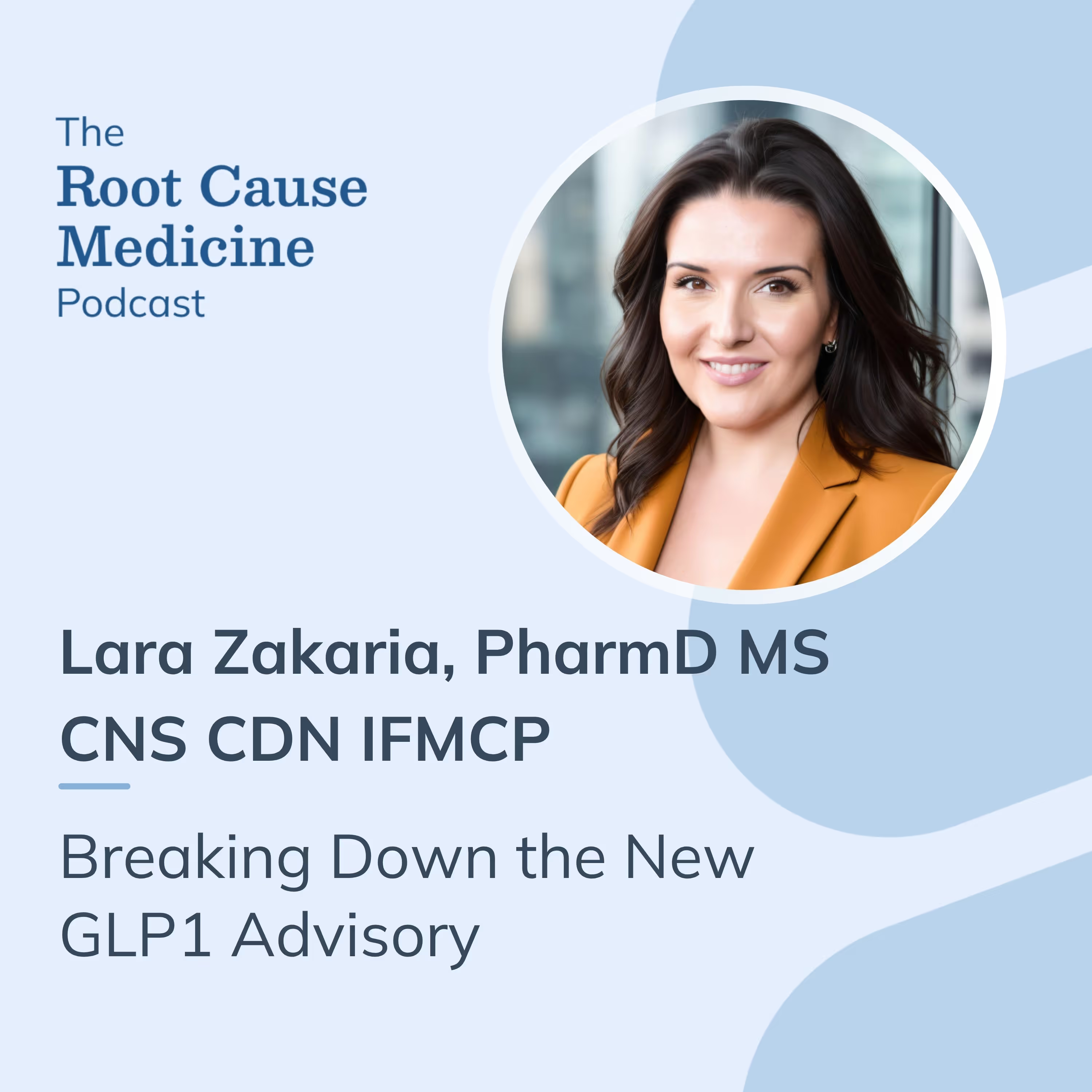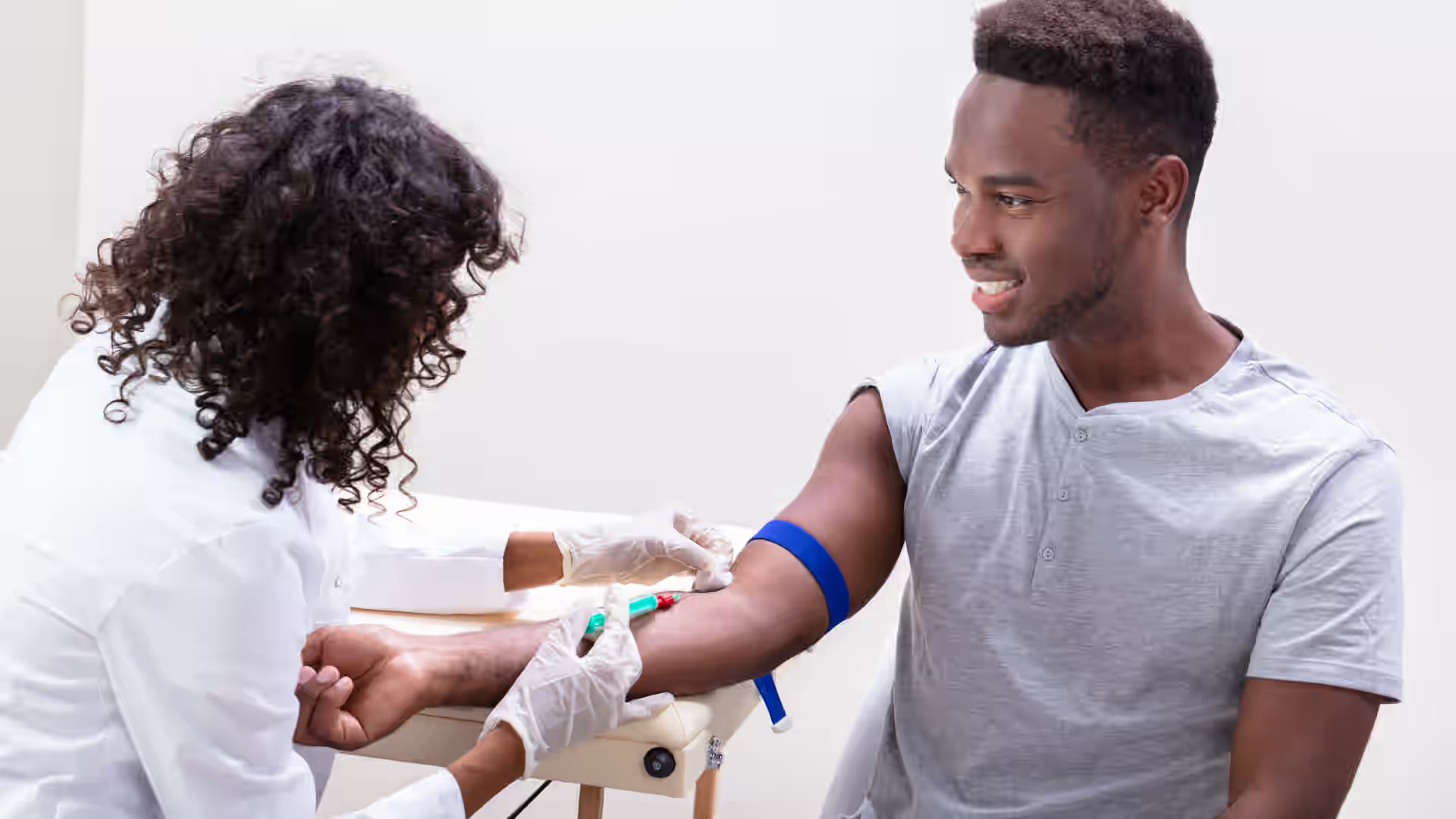Living with psoriasis can feel like a daily battle. The red, itchy patches that cover the skin are not just uncomfortable; they're a constant source of frustration. Finding a treatment that works can be life-changing for people with this condition. Unfortunately, many existing therapies offer only temporary relief or come with unwanted side effects.
In 2024, a review published in Current Opinion in Rheumatology analyzed recent clinical trials on new topical treatments for psoriasis. The review focused on Tapinarof and Roflumilast, which have shown success in easing symptoms and improving skin health. These treatments, approved in the U.S., offer a promising option for patients seeking more effective relief.
[signup]
About The Study
The review focuses on recent developments in topical treatments for psoriasis, specifically highlighting two new drugs, Tapinarof and Roflumilast. These treatments target different molecular pathways involved in the inflammatory process of psoriasis, offering an alternative to traditional therapies like corticosteroids and vitamin D analogs.
The review examined data from randomized controlled trials (RCTs) that tested these new drugs for their effectiveness in reducing psoriasis symptoms, such as redness, inflammation, and scaling. The findings showed that Tapinarof and Roflumilast successfully relieved mild to moderate psoriasis, though cost remains a potential barrier to their widespread use.
The review compared these new therapies with traditional treatments, examining symptom relief, safety, and side effects to determine if they provide better long-term management for psoriasis.
The Findings of the Study
The study found that Tapinarof and Roflumilast effectively reduced psoriasis symptoms such as redness, scaling, and itching. Patients showed significant improvement in their skin condition compared to before treatment.
These therapies also remained effective over time, a key benefit since many existing treatments lose their efficacy with prolonged use. Thus, these newer options are promising for long-term management.
Additionally, the treatments provided relief for patients who hadn't responded to traditional options like corticosteroids. Both drugs demonstrated a favorable safety profile, with minimal side effects reported during the trials.
Significance of the Findings
The findings offer new hope for patients who haven't found relief with traditional treatments like corticosteroids, providing more options for managing psoriasis.
Tapinarof and Roflumilast target different inflammatory pathways, making them potentially more effective and safer for long-term use than older therapies.
These newer treatments reflect the progress in psoriasis care, shifting from general approaches like corticosteroids and vitamin D creams to more targeted and personalized therapies.
Introducing Tapinarof and Roflumilast could reduce the need for long-term steroid use, minimizing associated side effects like skin thinning and hormonal imbalances.
The broader impact is significant, as these treatments could improve the quality of life for psoriasis patients and potentially reduce the overall burden of managing the condition.
The study showcases the ongoing innovation in dermatology, highlighting the movement toward more advanced and specific treatment options for chronic conditions like psoriasis.
Limitations of the Study
While Tapinarof and Roflumilast show promise, they are currently only approved in the U.S., limiting access for patients in other regions like Europe. Additionally, concerns about the long-term affordability of these treatments could restrict their widespread use, particularly in countries with limited healthcare resources.
Another challenge is that not all patients may respond equally to these drugs, and more research is needed to identify who will benefit the most. Larger, more diverse trials are required to ensure the findings apply to a broader range of patients, as psoriasis affects people of different ages, ethnicities, and severities.
Diagnosing Psoriasis
Psoriasis diagnosis is primarily clinical. Psoriasis diagnosis is based on observing characteristic skin lesions, including red, scaly patches on the skin.
[signup]
Key Takeaways
- Psoriasis remains challenging for many, but new treatments, Tapinarof and Roflumilast, have shown promise in reducing symptoms like redness, scaling, and itching. They offer an alternative to traditional therapies such as corticosteroids.
- These treatments offer hope for patients who haven't responded to older options, as they target different inflammatory pathways and may provide long-term relief. However, availability is currently limited to the U.S., and high costs could restrict access.
- More research is needed to explore the long-term safety and effectiveness of Tapinarof and Roflumilast while addressing global accessibility and affordability to ensure more patients can benefit.












%201.svg)







